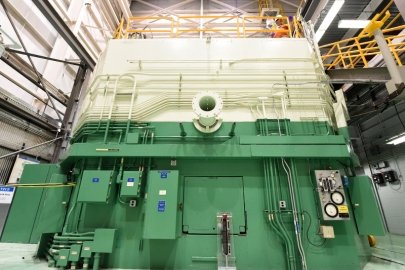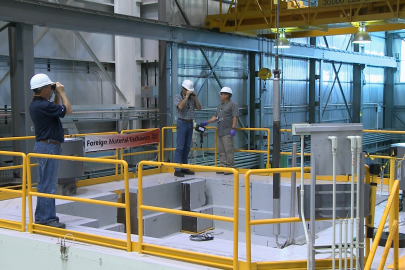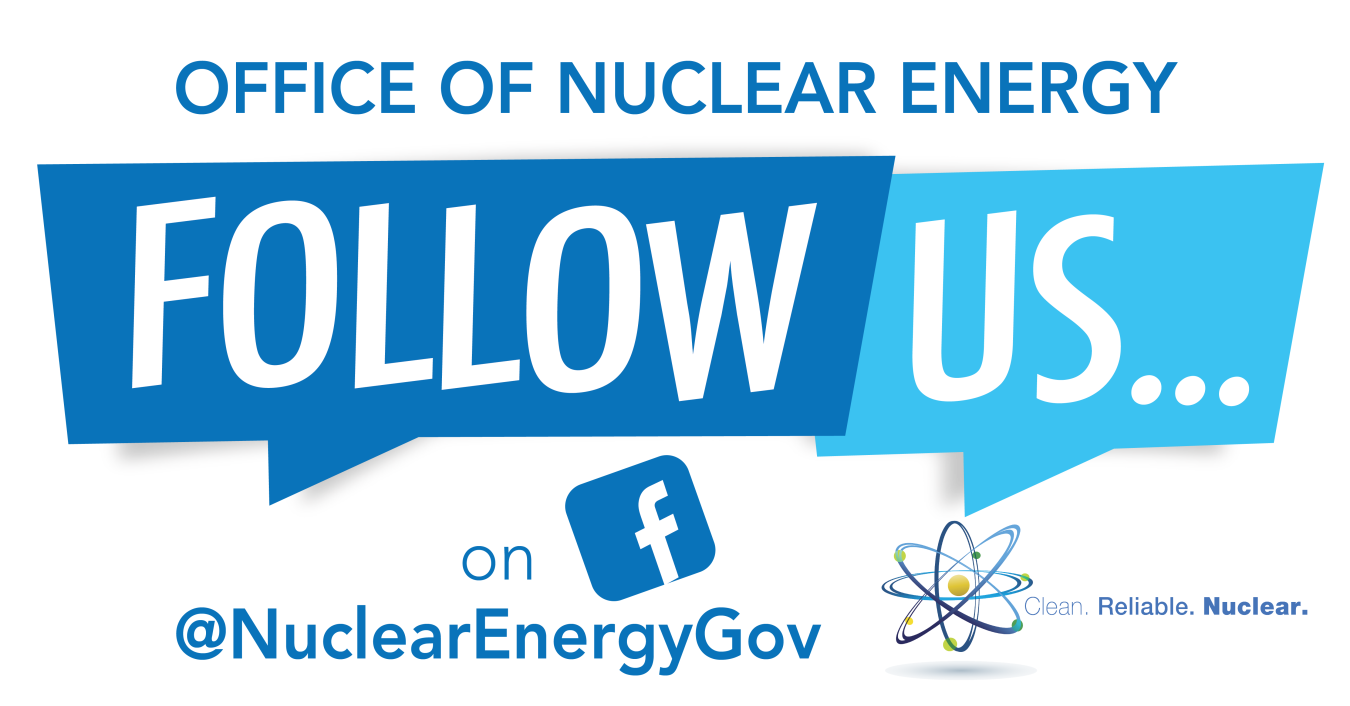Idaho National Laboratory's Daniel Wachs explains why transient testing is crucial for nuclear fuel development in the United States.
October 31, 2018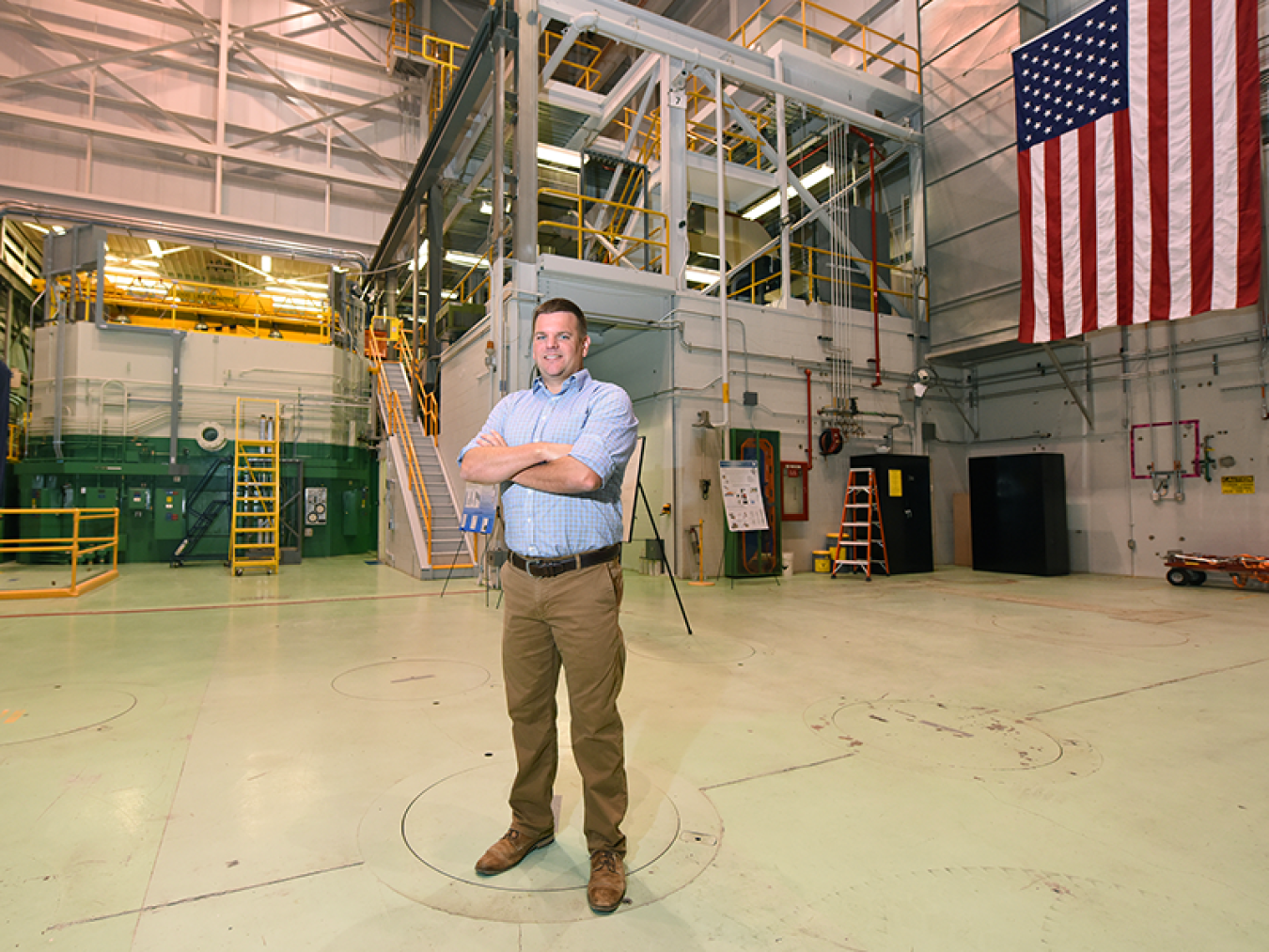
We want to fundamentally change the way nuclear fuel technology is developed.
For more than two decades, the Transient Reactor Test Facility (TREAT) at the Idaho National Laboratory (INL) sat in standby, depriving the United States of a place capable of producing bursts of energy five times more powerful than a commercial power plant.
TREAT is essential to testing the safety of nuclear power plant fuels, which is why the reopening of the facility in 2017 was such a momentous occasion. TREAT took the next step in its comeback tour this week with the restoration of its testing capabilities.
Daniel Wachs, TREAT’s transient testing science lead, said his goal with the facility is to “fundamentally change the way nuclear fuel technology is developed and break the barrier to seeing new nuclear technology deployed.”
After the successful completion of the first test, Wachs answered a variety of questions about the facility, the efficacy of such testing, the future of nuclear energy and more.
How did you prepare for the first fueled test in more than 25 years at TREAT?
The TREAT reactor transient experiments can be tailored to deliver a neutron field that imitates the potential (likely or unlikely) conditions that nuclear fuel may experience during normal operation or accidents. We spent the last several months conducting “dry runs” at TREAT (transient experiments without a fuel sample in the reactor). We needed to demonstrate that we could deliver the specific nuclear conditions that match design basis accidents considered for commercial power reactors before we started fuel tests.
However, the response of the fuel to that nuclear stimulus is very dependent on the environment it’s immersed in. For water-cooled reactors (like those currently used at commercial power plants), that environment is high-pressure, high-temperature water. The experiment team used this time to design test devices that deliver these conditions while fitting into TREAT's experimental cavity (~4"x8" and 6' long). It was also necessary to develop and qualify the instruments (through in-reactor testing) used to monitor the incredibly rapid fuel response in real time to provide the modeling and simulation teams with data to test their codes against.
Video
Researcher Nick Woolstenhulme breaks down TREAT's first experiment in 2018.
Why was it so important for TREAT – as opposed to any other nuclear facility in the U.S. – to resume operations?
We incorporate safety performance from the earliest stages of advanced technology design. This philosophy, along with the ambitious goals for safety enhancement laid out by the accident tolerant fuels (ATF) program, made the availability of transient testing for safety studies a crucial capability gap. Its availability was the primary barrier to near-term research, development, and deployment of advanced fuel concepts.
Did the first test come together smoothly? How did it go?
Tests like this require significant contributions from a wide variety of technical experts from different fields all working together as a single team. It was our first effort like this at TREAT and we had to prove we could all come together seamlessly at just the right time. Which we did!
What do you hope to accomplish in developing advanced reactor fuel and material technology?
The behavior of nuclear fuel leading up to and under accident conditions can be extremely complex. So complex that reactor developers in the past had to rely on highly sophisticated experimental programs to collect the necessary data. While very successful, this approach could be very expensive, take a long time, and, in the end, was only good for the specific fuel design being tested. This became a significant barrier to innovation in design and resulted in a relative stagnation in nuclear fuel technology over the last several decades. However, revolutions in material science, computational science, and in-situ instrumentation have opened the door to a completely new paradigm for technology development.
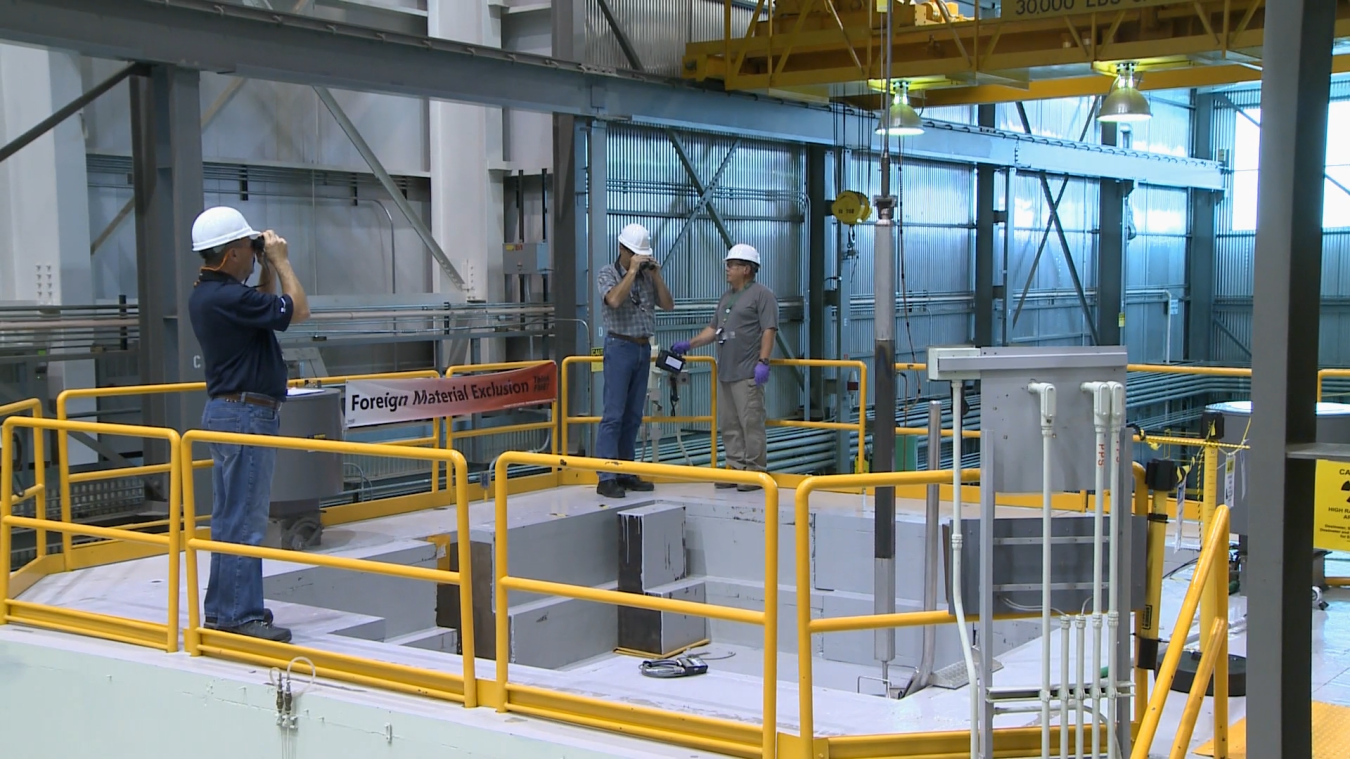
TREAT facility at Idaho National Laboratory.
We can now approach technology from the basic physical principles developed through simplified, reduced order experiments (e.g. "separate-effects" tests) that can be collectively reconstructed using computational simulations to describe the integral behavior of a system. Using this approach, we can quickly conduct thousands of Einsteinian “thought experiments” that allow us to optimize the design before we engage in the actual experimental studies.
This way we can get to better technology solutions faster than ever. We are building the experimental systems that are tailored to this model. Specifically, this means conducting detail-oriented experiments that are driven by a new generation of researchers that are tightly coupled through advanced modeling and modern instrumentation. I believe this will be essential to accelerating the design and deployment of next-generation nuclear energy technologies.
For anyone reading that does not have a nuclear engineering background, what can you say about the importance of testing at TREAT for the existing fleet of nuclear reactors?
The current fleet of nuclear reactors serves this country very well by safely, economically, and reliably generating a significant fraction of our electrical energy (and more than half of our carbon free energy.) But, we want to continue making them better while we wait for advanced reactors to take over the market. Fuel developers continue to come up with new technologies that are more efficient and safer. We want to help them collect the safety data required to get them to market as quickly as possible. Accident tolerant fuels are great example of that.


